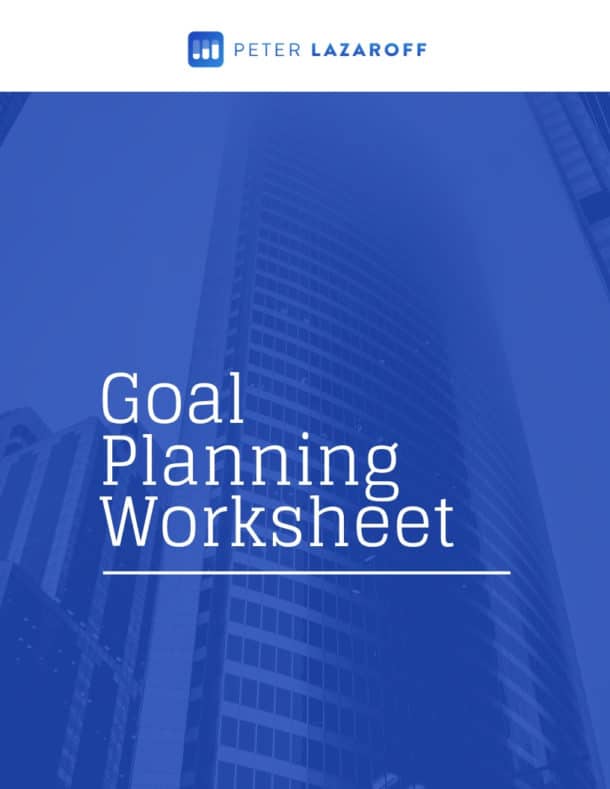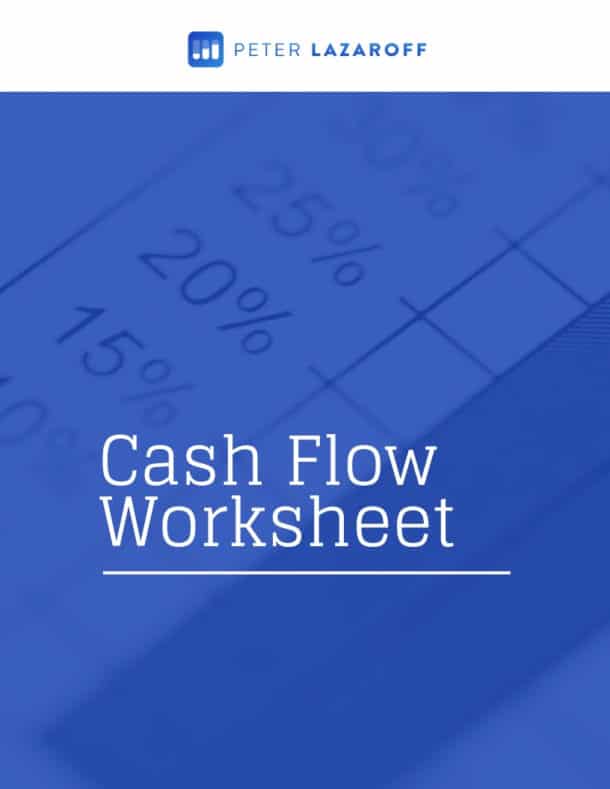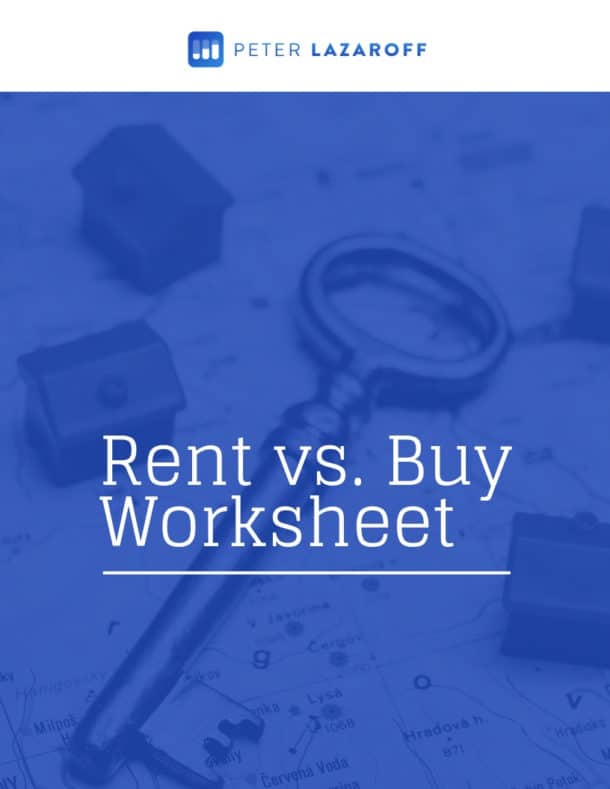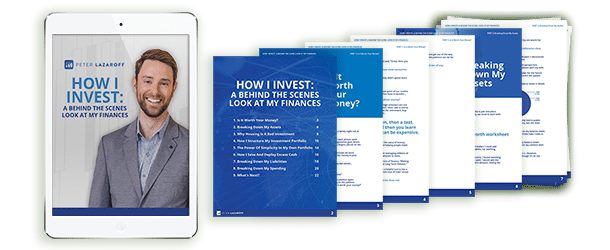Homebuyers are opting for more living space than they have in recent years. This need for expanded square footage has led to a unique situation: people wanting to buy and sell a house at the same time.
In 2020, homes that sold over four weeks leading up to mid-August were 3.7% larger (or 1,772 square feet) than those from the year before. For comparison, the year-over-year growth average between 2015 and 2019 was just 0.4%. Although most people would naturally opt for more space, the pandemic has buyers considering square footage more out of necessity than luxury.
Even in a new housing climate, though, there are still several considerations homebuyers (and sellers) ought to think about as they seek bigger and better arrangements.
Keep Affordability Top of Mind
Principal, interest, taxes and insurance, or “PITI,” is a formula homebuyers can use to determine what they can afford each month. All expenses totaled should comprise no more than 28% of one’s gross income. And don’t forget to calculate the cost of upkeep; a good rule of thumb for maintenance is 1% of the home price per year.
Given that homebuying is one of the largest investments you can make, there are several considerations worth reflecting on—and for reasons that extend beyond finances:
- Consider a separate workspace in your next home. Perhaps you find yourself migrating to the quieter areas of your current home for work. In this case, you might want to filter for properties that have an extra room for a home office.
- Take stock of priorities and expectations. It can be fun to run through the scenes of what you could do with that second living room downstairs. But it’s important to be honest with yourself as a buyer. If “space in case” is the reasoning you’re reaching for, it might not be your best option.
- Look for additional square footage costs. Upkeep isn’t the only expense to consider when buying a home. Bigger dimensions mean additional furnishings and higher utility bills to keep the house comfortable.
- Know that earnings change over time. Those earlier in their careers can expect increased income as they advance, but those near the end could see their earnings level out or potentially decrease. In neither case should your mortgage be at the upper limit of what you can afford.
- Decide what’s right for now and later. It pays to consider where you might be in upcoming years. If you foresee changes ahead, then it might be better to forego closing on your “forever home” and instead find something to better accommodate where you’re at currently.
Know How to Pivot In a Seller’s Market
When buyers outnumber the homes available for purchase, you might find yourself going beyond your full-price offer if it means closing. You can think of your offer as a package, and one that sellers will weigh more heavily with the right accommodations in place. Beyond the obvious move of a higher offer, here are a few others to keep in mind:
- Be willing to put down a stronger earnest money deposit.
- Don’t ask for personal property not included in the sale.
- Make your offer as clean as possible and ensure it is complete.
With a seller’s market comes less flexibility in the transaction. Added contingencies or extending the closing date might not be viable. This is especially the case where sellers need to move quickly. Sellers also get to be more choosy among offers and prioritize those with fewer steps to dance around.
Sell One Property, Buy The Next
Although getting the best possible sale price is a top priority, a smooth transition when you buy and sell a house at the same is vital, too. The ideal scenario involves selling your former house in the morning and then moving into the new home later that day. That sometimes isn’t in the cards, though, which is why it’s important to have secondary plans if things don’t materialize or get delayed on either end of the transition.
Even with preparation, neither transaction could happen as expected. With contingencies in place, you’ll have the leverage to reschedule closings as needed or exit with minimal financial loss if necessary.
It can be a tremendous task to go from selling one house to acquiring the next while balancing life’s other facets. With an experienced real estate professional—emphasis on full-service here—the process of going between two homes will be far smoother than if you go at it alone. Here are a few of the benefits:
- Having market knowledge on your side. Few know the nuances of your local market better than a seasoned agent. They will know what the trends are, how to set price points and how to find the right avenues to get your home in front of buyers in the area.
- Offloading excessive paperwork and red tape. A well-trained agent will go through the fine print to ensure your sale or acquisition is done by the book, reducing the chances of omissions or errors. And if they do occur, a licensed real estate professional will have insurance to limit risk on your end.
- Coordinating upgrades and repairs. A quality agent will have a web of professional contacts they can pull from when necessary to get your property market-ready. This includes inspectors, contractors, landscapers and attorneys.
- Saving you time. Selling a home on your own means committing your evenings, weekends and other off-hours to showings for prospective buyers. Having a dedicated agent on your side means you don’t have to worry about hours of preparation to get your property in the public eye.
- Avoiding the negotiation process. Buying a home is a consequential move for all parties, making negotiations leading up to the sale something of an art form. A skilled agent will know how to successfully manage offers that come along, entertain the serious ones and better the odds that your house sells at its maximal price.
Plenty of people buy and sell a house at the same time successfully. The insights above will help you do the same if you’re looking to upgrade.
At the end of the day, knowing that your next home is an investment (and one to be proud of) is the key to good footing between the buying and selling process. Take time to understand how your finances inform your property options and, as always, be honest with yourself throughout.
Are you looking to buy and sell a house at the same time, or have you successfully completed the process? What is your best tip for making a smooth transition between two homes?
…
RESOURCE: Do you want to make smart decisions with your money? Discover your biggest opportunities in just 9 questions with my Financial Wellness Assessment.

This post first appeared on Forbes.com: Between Two Homes: How to Manage Your Future Move More Effectively














